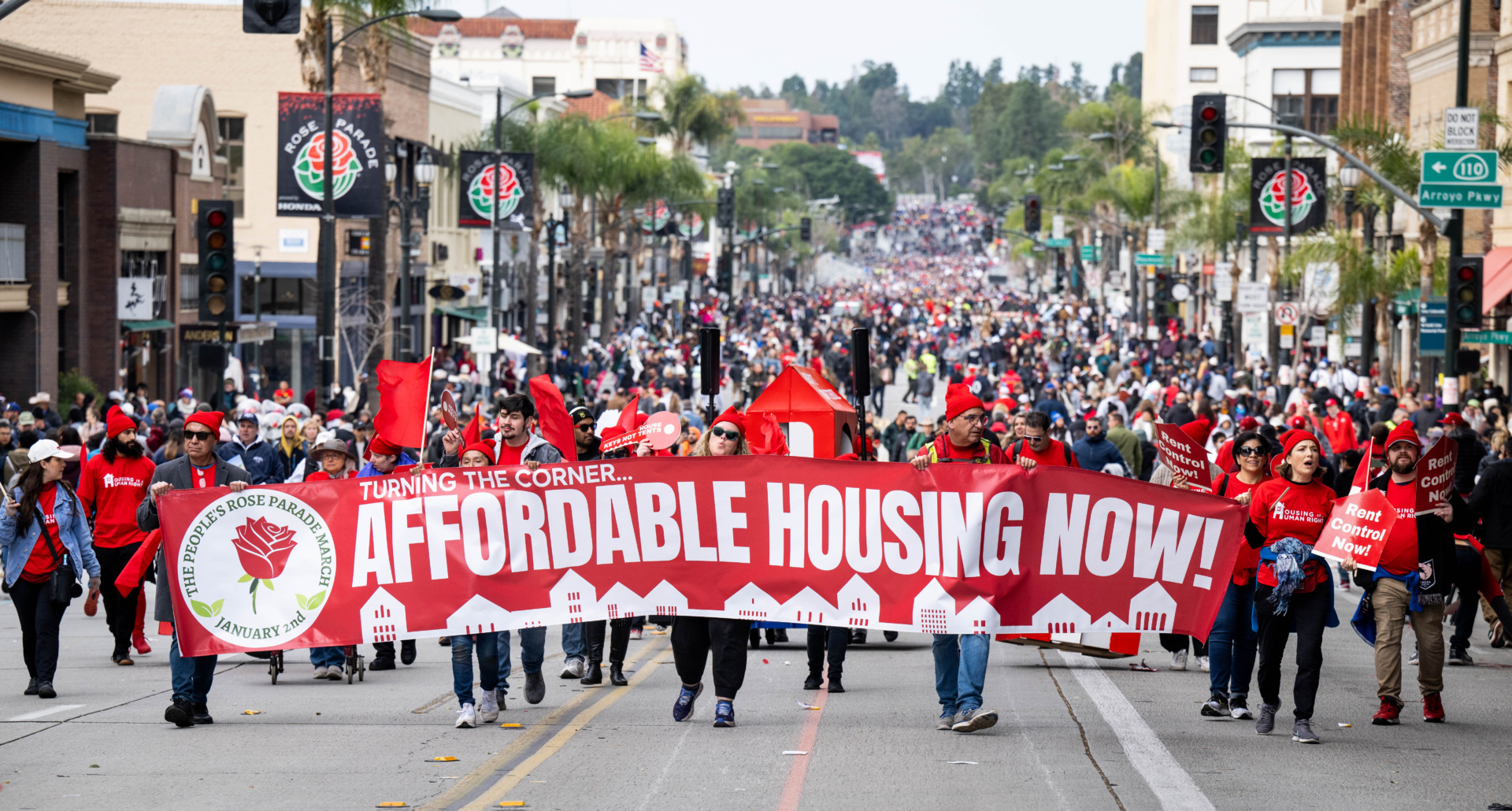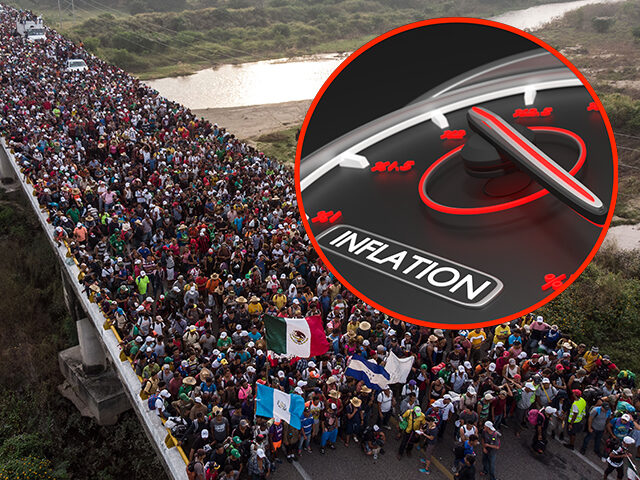Will Migration Bring Down Inflation?
Trying to bring down inflation by opening the U.S. to more immigrants is a bit like trying to bail out a boat with a sieve. You can increase the amount of work done, but it will not do anything to stop the flooding.
The notion that an increase in the level of immigration might help tame inflation has been receiving some attention, in part because the Federal Reserve frequently cites the tightness of the labor market as one of the factors pushing inflation higher. The number of job vacancies is extremely high in the U.S. right now, especially compared with the number of unemployed people. In January, the ratio of openings to unemployed people climbed to 1.9 to one, more or less matching the all-time high.
Standard textbook economics suggests that this tightness in the labor market will contribute to inflation. Fed chairman Jerome Powell has described the labor market as severely imbalanced between supply and demand. Given this situation, it’s not a surprise that some people are asking if increasing the number of immigrants permitted to enter and work in the U.S. would help alleviate our inflation problem.
Unfortunately, immigration is unlikely to bring down inflation—and may actually exacerbate rising prices, especially in supply-constrained parts of the economy like housing and food.
Greater Labor Supply Lowers Wages and Increases Inequality
Immigrants do add to the supply of labor in the United States. They typically arrive unemployed and seek out work relatively quickly. They may even be quicker to find jobs than unemployed native workers because they have fewer resources to support a prolonged job search. They are willing to accept lower wages than natives for the same work, in part because they view residency in the United States as compensation for working here. Natives, who already reside here, demand higher wages and benefits. As an aside, this means immigration is a subsidy for employers.
All other things being equal, the additional labor supply would hold down wages. Indeed, there is evidence that immigration has acted to depress wages in recent decades, especially for workers at lower income levels. Of course, all other things are not equal.
In the first place, there is some offset between native and immigrant labor. Some natives will not accept lower wages — and often poorer working conditions associated with jobs in which large numbers of migrants work — and will leave the labor force. So, there’s some leakage out of the labor force as the number of immigrants in it increases.

A migrant farm worker from Mexico harvests organic zucchini on September 3, 2010, at a farm in Wellington, Colorado. (John Moore/Getty Images)
Pay attention to the way immigration adds slack to the labor market. It increases the number of unemployed people looking for jobs, first the immigrants themselves and then the natives they displace. It increases the number of Americans who would like to work but cannot find work at a suitable wage. It lowers wages, especially in jobs that are already at the lower end of the income ladder. This tends to increase economic inequality in the U.S. as employers and shareholders benefit from the lower labor costs. So while slack is added to the labor force, there is considerable social cost.
Migrants Need Food, Housing, Education, and Everything Else
Secondly, and arguably more importantly, immigration acts on the economy not just through the labor supply channel but also through the demand channel. That is, the new immigrants add to demand for goods and services through the economy. They need food, clothing, shelter, and all the rest. Since immigrants, like most workers, consume almost all of their production, once public goods (like education) and subsidized goods (like health insurance and public transportation) are accounted for, the newcomers tend to add more to demand than to supply.

The Peoples Rose Parade protests for more affordable housing in Pasadena, California, on January 2, 2023. (Sarah Reingewirtz/Getty Images)
This is particularly the case because newly arrived workers tend, on average, to have lower skill levels and are less productive than natives. Lower productivity puts upward pressure on employment costs, leading to higher prices. So, inflation moves up even though there is more slack in the labor market because of fewer vacancies.
These two effects more or less balance out in standard economic models. The result is that immigration does not do anything to reduce inflation. And when it comes to prices of supply-constrained goods like housing and food — two of the biggest sources of inflation right now — the additional demand effect dominates supply, worsening inflation.
Progressive Policies Make Immigration More Inflationary
It does not take much, however, for the effects to become imbalanced. Aggressive policies aimed at suppressing immigrant wages — like, for example, forcing migrants into guest worker programs where they lose their right to residency if they quit their jobs or maintaining a very high level of immigration for several years — can tip the balance against inflation. Of course, this greatly increases social costs such as increased inequality.
On the other hand, progressive policies like raising the minimum wage and organizing immigrant workers into unions are likely to tip the balance in the other direction. These policies contain the downward pressure on wages while often increasing the upward pressure on demand. This means additional immigration leads to more inflation, not less.
The biggest lesson here is that immigration policy should not be regarded as an inflation tool at all. Fiscal and monetary policy are far better tailored to deal with inflation than meddling with the size of the migrant population.

COMMENTS
Please let us know if you're having issues with commenting.